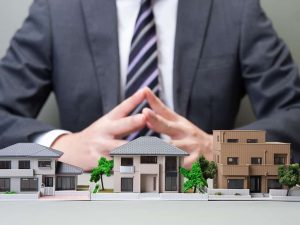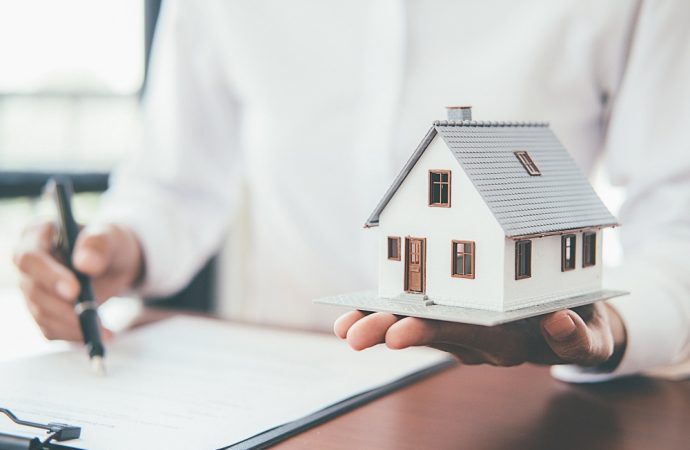In an era where the environmental clock is ticking louder than ever, the real estate market is experiencing a quiet revolution. The days of McMansions and sprawling lawns are making way for sustainable living, with eco-friendly homes taking center stage. Today, we delve into the world of sustainable real estate, where the mantra is “less
In an era where the environmental clock is ticking louder than ever, the real estate market is experiencing a quiet revolution. The days of McMansions and sprawling lawns are making way for sustainable living, with eco-friendly homes taking center stage. Today, we delve into the world of sustainable real estate, where the mantra is “less is more.”
The Shifting Paradigm
The concept of sustainable living isn’t just a buzzword anymore; it’s a way of life. People are increasingly recognizing the importance of living in harmony with nature. This shift in mindset is profoundly impacting the real estate market. As a result, builders, architects, and homeowners alike are embracing eco-friendly designs and innovative technologies that reduce environmental impact.
Green Features: A Must-Have
Eco-conscious homes are not just about solar panels and energy-efficient appliances anymore. Today, buyers demand more. Green features are becoming the norm, not the exception.
- Passive Design: Architects are embracing passive design principles that maximize natural light and ventilation. Homes are oriented to capture sunlight and minimize energy usage for heating and cooling.
- Energy Efficiency: Smart thermostats, LED lighting, and energy-efficient windows are now standard in eco-friendly homes. These innovations not only lower energy bills but also reduce the carbon footprint.
- Sustainable Materials: From bamboo flooring to recycled steel, sustainable materials are increasingly used in construction. These choices not only minimize waste but also promote responsible sourcing.
- Rainwater Harvesting: Capturing and using rainwater for landscaping and even potable water is a trend that is gaining traction. It reduces water consumption and the strain on local resources.
- Urban Farming: Some sustainable homes come with rooftop gardens or space for urban farming. This trend supports local food production and reduces the need for transportation.
Smart Cities of Tomorrow

Image by: https://media. licdn.com
The transition to sustainable real estate isn’t just limited to individual homes; entire neighborhoods and communities are being designed with eco-consciousness in mind. These emerging eco-districts are setting the stage for a new urban lifestyle, where sustainability is not a luxury but a necessity.
Take, for instance, “Green Oaks,” a revolutionary eco-district in [City Name], where homes are designed to generate more energy than they consume. Green Oaks is a living testament to the idea that a sustainable future is attainable. The district boasts communal spaces for recycling, renewable energy production, and community gardens, fostering a sense of eco-conscious community living.
The Market Response
Eco-friendly homes do come with a higher upfront cost. However, this investment often pays off in the long run through reduced energy bills and increased property value. As more people recognize the financial and environmental benefits, sustainable real estate is on the rise.
Sustainable homes also benefit from various government incentives, further motivating buyers to invest in green living. Tax credits, rebates, and grants are among the many incentives offered by governments around the world to promote eco-friendly housing.
A Call to Action
The green revolution in real estate is a heartening development in an increasingly climate-conscious world. As the movement gains momentum, it’s essential to keep an eye on greenwashing and ensure that the environmental claims of these homes are substantiated. In this rapidly evolving landscape, transparency and third-party certifications are vital in verifying the eco-friendly claims.
In conclusion, sustainable real estate and eco-friendly homes are not just a trend; they are the future. With a growing emphasis on protecting our environment and reducing our carbon footprint, these homes are the beacon of hope for a greener, more sustainable world. As real estate continues to evolve, it’s evident that the industry is moving towards a future where we build not just houses but also a sustainable tomorrow.

















Leave a Comment
Your email address will not be published. Required fields are marked with *